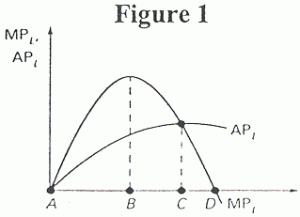 The National Center for Arts Research has released its report on The State of the Arts – a compendium of data and what I call ‘kitchen sink’ regressions (i.e. looking for statistical relationships by including all data that might conceivably matter and seeing what comes out the other end, rather than generating the regressions through a more formal model of firm behavior. Not that there is anything wrong with that – I’ve done it myself in research papers).
The National Center for Arts Research has released its report on The State of the Arts – a compendium of data and what I call ‘kitchen sink’ regressions (i.e. looking for statistical relationships by including all data that might conceivably matter and seeing what comes out the other end, rather than generating the regressions through a more formal model of firm behavior. Not that there is anything wrong with that – I’ve done it myself in research papers).
In their section on fundraising, they find:
The average organization brought in nearly $8 in contributed support for every dollar spent on fundraising. Fundraising expenses generated a similar level of total contributions over the years regardless of annual shifts in the mix of organizations.
So, should the average organization thus be spending more on fundraising, since the average payoff is $8 to $1? The answer is: we don’t know. Whether an arts organization should go and hire more development staff depends on the expected marginal benefit: given the current level of activity, would the increase in fundraising from hiring one more staff cover the cost of that additional staff? The 8-to-1 ratio is the average return to development expenses, but the law of diminishing returns holds in fund development as in most anything else – there is a finite pool of potential donors, with finite resources to give, and the low-hanging fruit will have already been added to the donors list. It might well be that additional expenses in the development office would not generate a return that covers the cost.
And as in fundraising, so in any other activity of the organization: marketing, for example. Ask: given what we are already doing, would additional expenditures yield benefits that exceed their costs? The ‘averages’, say total earned revenue divided by total marketing budget, won’t tell you that.
Effective decision-making happens at the margin.

Leave a Reply